Finding History Along the Heritage Corridor
Discovering big stories along the canal
My grandfather slowed his walk. He turned to face me, peering over the top of his silver-rimmed glasses.
"Well, Jake, what do you think?"
I gazed up toward the sky from the rocky path we had been walking for the last hour. Autumn laid claim to the trees, and their yellow-gold leaves danced against the crisp blue Illinois sky. The canyon along Illinois Starved Rock State Park was basking in the sunlight on a particularly warm fall afternoon.
I reflected on the past two days, filled with stops in small canal towns along Heritage Corridor, punctuated with stories I had never heard from a man I had known my entire life.
"I think I'm glad I made this trip with you," I replied.
Ready to Explore
When my 80-year-old grandfather asked me to go for a walk through time, I thought we would be looking through his old photographs for the umpteenth time. I have spent many hours poring over snapshots and artists' renderings of the towns along the Illinois and Michigan Canal National Heritage Corridor, where my grandfather, his father and his father's father had spent much of their lives.

This time, Grandpa did not want to look at history, but rather re-live it. He had planned out an extensive two-day tour of the landmarks surrounding the Illinois & Michigan Canal, or as he called it, "The I-and-M." Prior to the trip, it took but one look at my grandfather's face, and I knew that I had to accept.
Two If By Land
The Lincoln Highway and Route 66 both etch their way through the I&M Heritage Corridor, taking travelers from old-fashioned gas stations with vintage pumps that Grandpa once used to fill up his very first car, to diners calling to drivers via the kitschy neon signs I have only ever seen on postcards.
"John Steinbeck called this the Mother Road," my grandfather told me as our car moved along Route 66. Starting in Chicago, the road actually picks up on an old American Indian trail where stagecoaches and horses used to traverse. Route 66 is credited for keeping the economies of many small, rural towns alive in the first half of the 1900s. Those towns are still tourist mainstays today, and they reeled me in with quaint sidewalk shops and restaurants.
Though we took Route 66, I did get to experience a bit of the Lincoln Highway when we hit Joliet, Illinois. This small town is where the two highways intersect. You'll find a museum located inside a church built more than 100 years ago.
"The Lincoln Highway," my grandfather said as we stood at the intersection, "was actually the first national memorial to the former president, and your great-grandfather was in attendance of one of the dedication ceremonies. He always reminded us that this road was in place a decade before that monument in Washington, D.C."

Water Under the Bridge
As much as I loved being on the road and literally watching history pass before my eyes, spending time in the canal towns and at notable points was unbelievable. The places I had seen so many times in my grandfather's pictures were now under my feet.
One of the first stops we made was at Chicago Portage, which is essentially the birthplace of the city I have always called home. It is here that the connection between the Great Lakes and the Mississippi waterways was established, moving traders and travelers in the 1800s.
"The 'I-and-M' is really the reason that Chicago grew from just a little settlement town on the water into a huge transportation hub," Grandpa explained. "Sure, you can read about this in a book, but isn't it better to see it?"
I couldn't agree more. In the fourth grade, I had read about French explorers Louis Jolliet and Pere Jacques Marquette. But now, standing on the footbridge over Portage Creek, I felt like I was actually following in their footsteps.
 Taking History Into the Future
Taking History Into the Future
I could have spent weeks exploring the Heritage Corridor. Every town, every landmark, every park had a history, and it was my history. My family has roots dating back to the days when the I&M Canal was being built during the 1800s. I knew that was why my grandfather had kept all those old pictures, but I never really understood the significance until we took our trip.
We ended our two-day journey at Illinois Starved Rock State Park, which is known for its rich American Indian legend. Centuries ago, my grandfather told me, a fight at this very site had broken out between two tribes, and one tribe sought refuge by escaping to the huge rocks along the park. Eventually, they became trapped atop the rocks and died of starvation, which is how the area got its name.
As I walked through along the canyons, I could almost see the battles that had taken place on that very ground. Over those two days, I felt more connected to my home, my country and my history than I ever had before.
"Thank you for bringing me here," I said to my grandfather.
"Thank you for continuing this tradition with your children one day," he replied with a smile.
Get the I&M Canal Heritage Corridor Visitors Guide to discover more historical attractions.

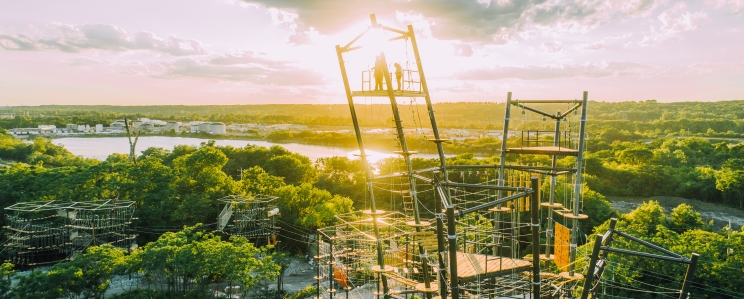
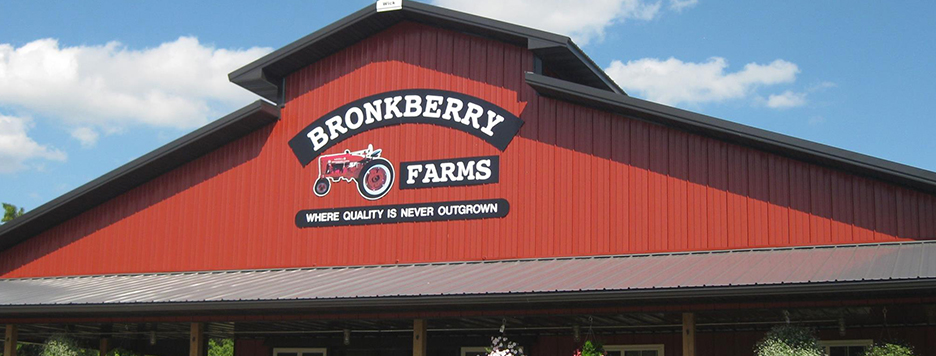

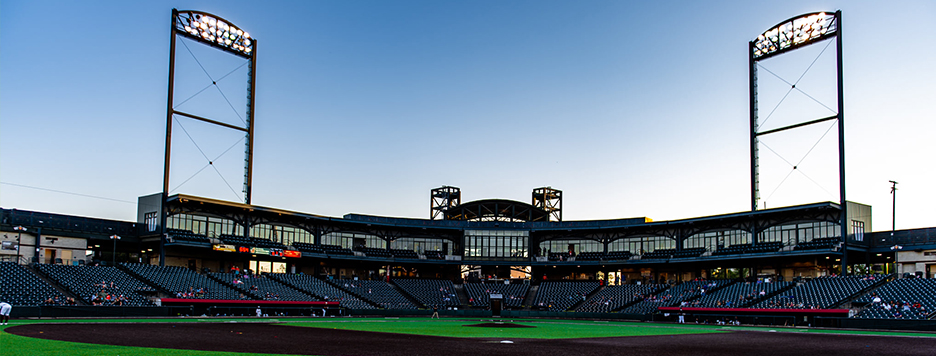
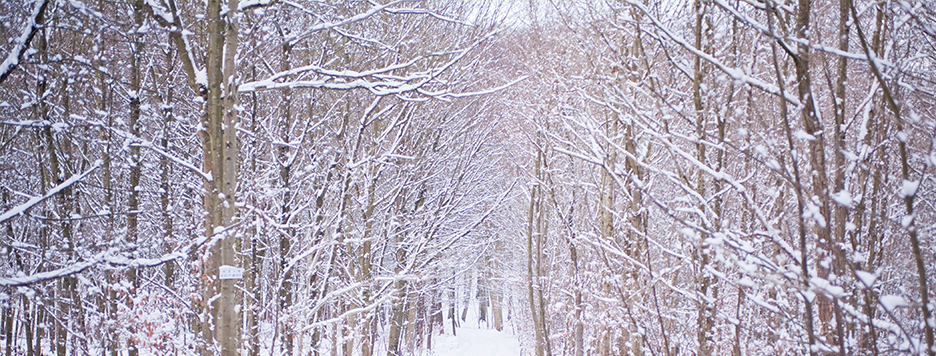
 FREE VISITORS GUIDE
FREE VISITORS GUIDE




 Taking History Into the Future
Taking History Into the Future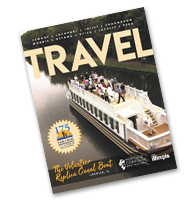
 FREE VISITORS GUIDE
FREE VISITORS GUIDE


